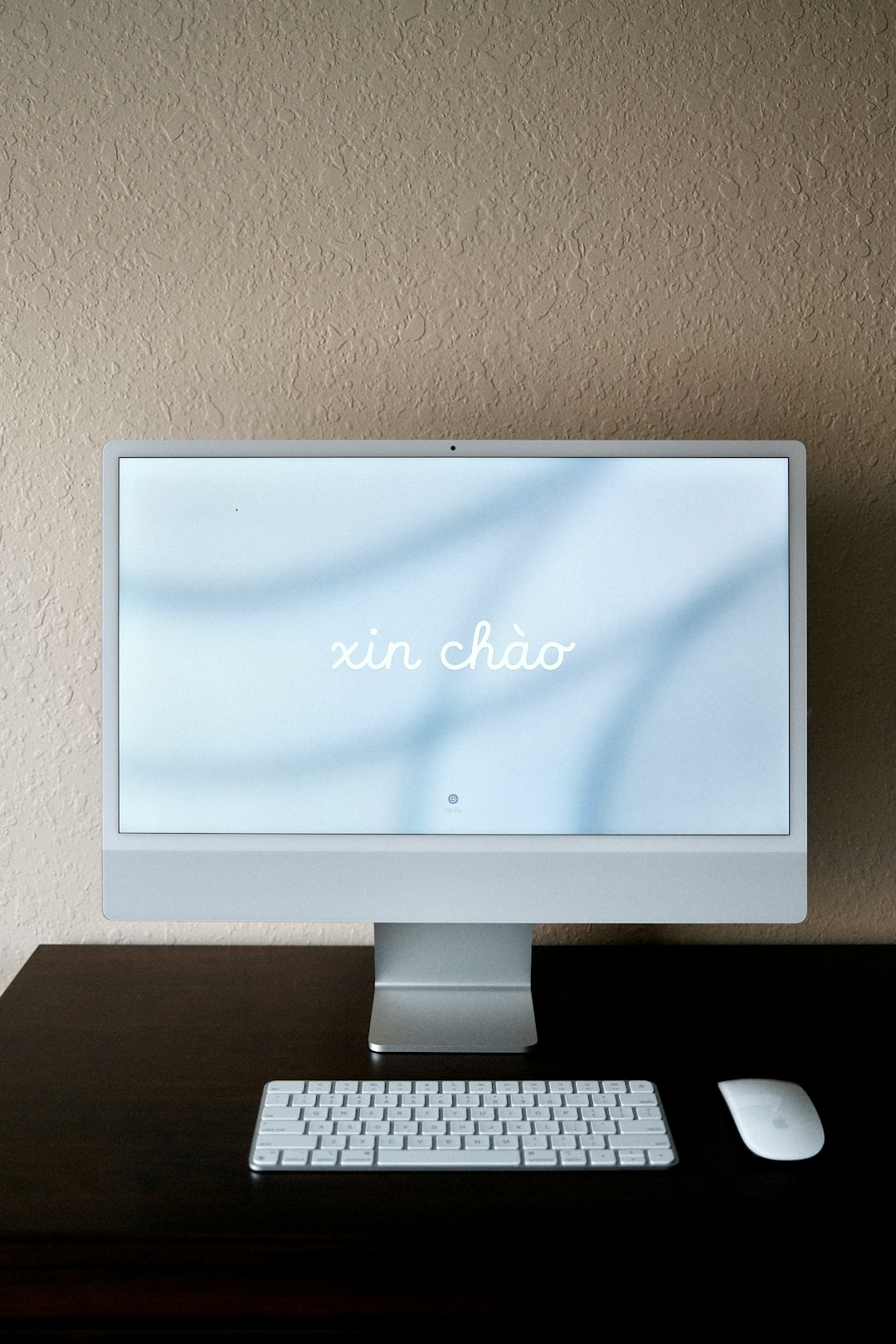In today’s rapidly evolving digital marketing landscape, striking the right balance between platforms is essential to maximizing ROI. Among the most pivotal choices marketers face in 2025 is whether to invest in Programmatic Advertising or continue relying on Google Ads. Though both options provide access to extensive audiences and sophisticated targeting tools, they operate differently and serve distinct advertising needs. This comparative guide offers a trustworthy, clear, and comprehensive analysis of both methods to help marketers make an informed choice.
Understanding Programmatic Advertising
Programmatic advertising refers to the automated buying and selling of online ad inventory in real time via a bidding system. This approach uses artificial intelligence and machine learning to target audiences more effectively and reduce human intervention. A wide variety of ad exchanges, supply-side platforms (SSPs), and demand-side platforms (DSPs) work together to allow advertisers to deliver highly personalized messages across websites, apps, and online channels.

What is Google Ads?
Google Ads remains one of the most popular digital advertising platforms globally, enabling businesses to display ads across Google Search, YouTube, Gmail, and the Google Display Network. With a robust ecosystem of tools, including keyword planner, conversion tracking, and smart bidding, Google Ads offers a more controlled yet powerful means of reaching potential customers based on intent-driven queries and behavioral data.
Key Differences Between Programmatic and Google Ads
Here are some of the main differences between the two platforms:
- Inventory Reach: Programmatic offers access to a broader range of ad inventory across various websites and ad networks, while Google Ads focuses on Google properties and its display partners.
- Bidding & Automation: Both platforms use real-time bidding, but programmatic platforms often rely more heavily on machine learning to optimize placements dynamically across multiple channels.
- Data Usage: Programmatic solutions often integrate third-party data providers, allowing for deeper targeting options beyond the limitations of first-party data. Google Ads primarily uses data collected within its ecosystem.
- User Intent: Google Ads is highly effective for capturing high-intent users via keyword searches. Programmatic is more focused on awareness, branding, and mid-funnel engagement strategies.
- Ad Formats: Both support video, display, and native ads, but programmatic platforms often allow for more seamless integration across connected TVs (CTV), digital out-of-home (DOOH), and emerging channels.
When to Choose Programmatic
Programmatic is ideal for organizations with more complex marketing needs, broader target audiences, and access to the right talent or agencies. It’s especially effective in scenarios such as:
- Running multichannel campaigns that span websites, mobile apps, CTV, and more.
- Implementing dynamic creative optimization based on user behavior and environmental variables.
- Accessing premium ad inventory through private marketplaces and programmatic direct deals.
However, it often requires more expertise and robust compliance with data privacy regulations, particularly in regions with strict laws such as the EU and California.
When to Choose Google Ads
Google Ads remains an image of accessibility, especially for small to mid-sized businesses that may not have the resources required for programmatic advertising. Consider Google Ads if your goals include:
- Capturing search-based demand via relevant keywords.
- Driving traffic and conversions with the help of smart bidding strategies and conversion tracking tools.
- Maintaining tighter control over budget, targeting, and ad placements within a more familiar interface.

Cost Considerations
Another key factor when choosing between the platforms is cost structure. Google Ads typically charges on a cost-per-click (CPC) basis, making it easier to gauge performance based on user interactions. In contrast, programmatic platforms may use cost-per-thousand impressions (CPM) or other models, which can be more abstract for those unfamiliar with those metrics.
Furthermore, programmatic campaigns may incur additional fees (such as for DSP usage, data integration, and third-party verification), adding complexity to budgeting.
The Verdict: Which One Should You Use in 2025?
There is no one-size-fits-all answer. Both programmatic advertising and Google Ads have their strengths depending on your campaign goals, budget, audience, and internal expertise. For brand awareness across multiple platforms, programmatic offers reach and flexibility. For performance marketing and demand capture, Google Ads offers greater efficiency and user-intent targeting.
Marketers should consider a hybrid strategy when possible—using Google Ads for search and performance campaigns and leveraging programmatic for upper-funnel and omnichannel efforts. As technologies and privacy regulations evolve, staying informed and adaptable is essential for long-term success in digital advertising.
